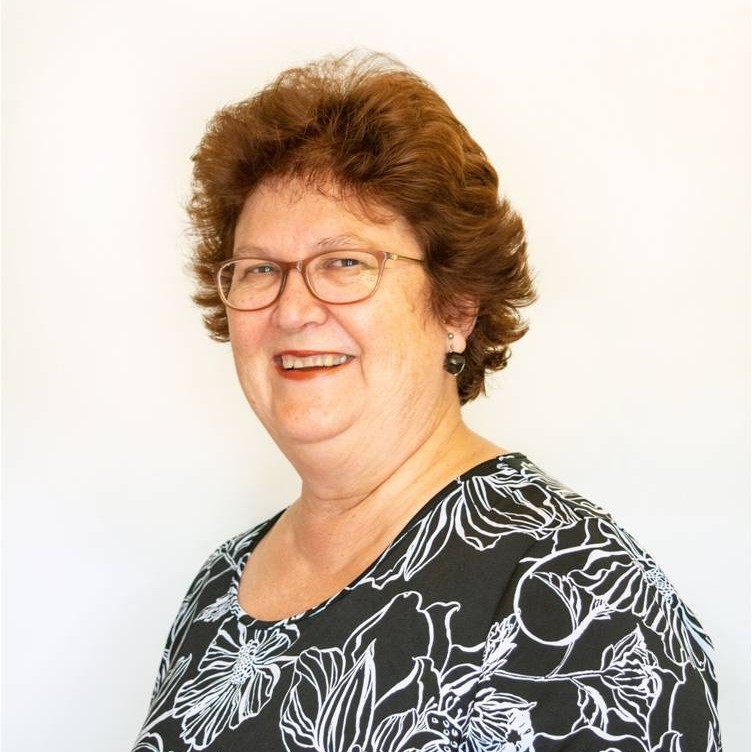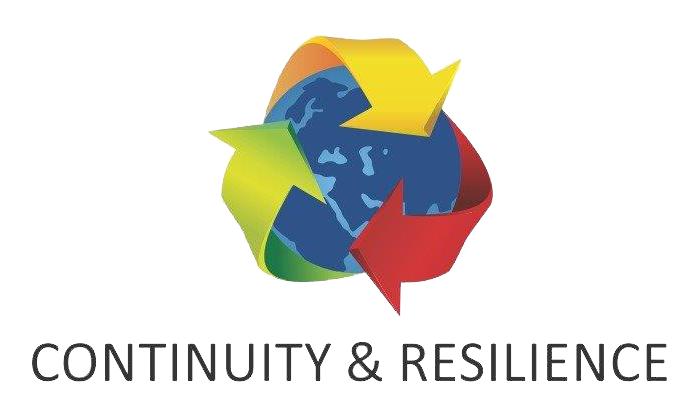- January 21, 2021
- Posted by: CORE
- Category: Profiles


AMBCI cABCF MAIES M.ISRM Consultant, Pandemic Recovery, Emergency & Business Continuity Manager
Christine Miller is a pandemic recovery, emergency and business continuity management consultant, with more than fourteen years of experience. From 2003, she worked on national pandemic planning following SARS-CoV-1. More recently, she has been with clients to prepare, respond and recover from the COVID-19 (SARS-CoV-2) pandemic.
Her clients include a number of Australian, NSW and ACT Governments departments and agencies as well as private businesses printing and delivering newspapers and publications throughout Australia and New Zealand, luxury goods, University accommodation services, aged care and not for profit organisations providing homelessness and addiction recovery services in Canberra and southern New South Wales.
Chris began her career in emergency management as a Queensland Police Cadet with the 1974 Brisbane floods. She has worked on counter terrorism and large-scale disaster recovery and planning following the Bali and London bombings and the Indian Ocean/Boxing Day Tsunami as well as health emergencies such as AIDS/HIV and the novel A-H1N1 swine flu pandemic (2009-2010). She is currently the ACT Director on the Australian Institute of Emergency Services Board.
She has presented workshops Australia-wide on small business continuity planning and more than 60 conference papers within Australia and overseas. Chris has lectured at three Universities and several police training colleges.
Read Chris Miller’s thoughts on Do’s & Don’t’s of Re-opening Offices.
A large company calculated that if 100% of employees returned to their HQ at 9 am plus allowing for the 1.5 metres social distancing the queue would be 1.5 kms long. Guess what? They decided that scheduling arrival times would be necessary.
Yes, we also expect more COVID related outbreaks will require lock downs in the coming months and possibly years ahead too until there is widespread uptake of the COVID vaccines.
Q.What makes continuity and resilience in Australia unique, and what resilience inspiration should other countries take from Australia?
Australians need to be personally resilient. We live in a land, where natural disasters, especially fires and floods, are commonplace. We even refer to October to March/April as the ‘traditional’ disaster season. We prepare our BC planning on a calendar basis, as most Australians enjoy a Christmas shutdown into January each year, which is a long school holiday period and “off to the beach” many Aussies go. Australasia (Australians and New Zealanders) have strong corporate cultures in risk and resilience. AS/NZS 4360, our risk standard became the template for the International Risk Standard, ISO31000. The New Zealanders with Resilient Organisations https://www.resorgs.org.nz/ their research and good practice is a template that many Australian practitioners look towards for ideas and inspiration.
Until COVID, Australians were known for travelling far and wide, including business continuity managers looking for tips and ideas globally that might be applied to improve our practice. For instance, I have attended 2 World Conferences on Disaster Management, Toronto, Canada (2006 and 2009); the BCI World Conference, London, England (2014); and the DRJ Conference, Florida (2019).
In 2006, I had hoped that the WCDM speakers and participants would have lots of answers for me. Instead, the reverse was the case and I was being approached as many international colleagues thought we had lots of EM and BC answers in Australia.
The Business Continuity Institute (BCI) has a significant Australasian membership. The most recent Global BCI Chairs have been occupied by 2 Australians – Tim Janes FBCI and David James-Brown FBCI.
Although Australians are strong on risk and resilience, ‘traditional’ business continuity is still, in my view, struggling to find its place in many businesses. This concern has been reinforced by the sad procession of business continuity managers losing their jobs, in case a major contract or being kept on staff but side-lined during the COVID pandemic.
- You have done a lot of work on emergency response and infectious diseases even before the COVID-19. What have been your learnings so far, and how do you see things going from here?
Australians have been blessed with less COVID adversity than many other countries. This is not to under-sell the deaths, illness and suffering those Aussies adversely impacted by COVID.
Saving lives has come at a great cost to the economy. Balancing saving likelihoods has taken second place to health priorities as it should. The Australian Federal Government assistance measures will take until 2041 to pay down that debt and start on budget repair. Possibly 2 generations of Australians will never know a balanced budget or budget surplus. That is manageable while interest rates remain at historic lows.
Before COVID, I worked on a number of health emergencies:
For the Queensland Police, in the mid to late 1980s – AIDS/HIV prevention and education with Queensland Health as well as project managing a Hepatitis B adult vaccination program for 4,500 police and their families living on remote communities
During SARS (2002-2004), I worked on a large writing and exercising team to develop Australian Health Management Plan for Pandemic Influenza (AHMPPI). The AHMPPI is the key nationally agreed document to guide Australia’s health emergency responses. By February 2020, the AHMPPI was swiftly edited to become the Australian Health Sector Emergency Response Plan COVID-19.
I worked on pandemic business continuity planning for the predecessor department to the Australian Government Department of Social Security (2005-2007).
I was one of the facilitators, who trained more than 500 Australian businesses throughout the length and breadth of her large country in pandemic business continuity (2008-2009).
During the so called Swine Flu Pandemic (2009-2010), I worked as the Business Continuity Manager for ACT Health that runs a large regional hospital.
I also personal protective equipment (PPE) stockpiles as a pandemic and business continuity planner for the NSW Department of Family and Community Services (2013-2014) which provides residential aged and disability care.
During COVID I was initially consulting with Airservices Australia on business continuity, but quickly had my projects re-scoped to work on their pandemic business continuity planning and response. My contract was concluded on 25 March 2020 due to COVID budget restrictions.
Around the same time, I was contracted by Directions Health Services to exercise and assist them with their pandemic response and settling into a period of COVID normal possibly for the coming 2-5 years.
Also I have been working closely with the Global Supply Chain Council (GSCC). The more than 250,000 GSCC members are now much focused on planning for and delivering COVID vaccine distribution globally.
Colleagues from the National Health Service (UK) have also consulted with me on plans to establish mass vaccination sites with key concerns about ‘ultra’ cold chain storage requirements (-70 degrees C/-90 degrees F) and security concerns from ‘anti-vaxers’ and criminals, especially when vaccine supplies will be limited.
- Learnings?
- I have been so busy that I have not had much time to reflect or conduct an interim Post Incident Review (PIR) or After Action Review (AAR). Some initial thoughts:
Looking back to pre-COVID BAU:
a number of my clients and former clients have told me that remote working was no an option for some time-critical business processes due to security and other concerns. Magically, COVID comes, and those ‘no can do’s’ become ‘can do’s’. At what cost? Cyber security? Did anyone do a risk assessment? The reported rates of cyberattacks have increased.
In the haste to respond to the COVID pandemic and increase remote work, wherever possible, parts of the businesses were left behind. Can or should these be retrieved?
Settling into COVID normal (2-5 years)
Keep some elements of hybrid, even when it is COVID Safe to return to many fixed workplaces
Maintain public health measures – hand sanitisers; mask wearing, especially in confined spaces like public transport; social/physical distancing – 1.5 metres between people; 4 square metres clear space around desks; more day time visible cleaning.
Continue to practice remote work at least one day each month.
Expect more outbreaks and possibly waves that will require rapid responses to comply with Government restrictions.
Looking forward to post-COVID (5+ years)
Some businesses that appear to be successful during the COVID pandemic e.g. couriers due to increased online shopping may move away from human delivery to robots.
Artificial Intelligence (AI), robotics and digitization in supply chains and contactless transactions will continue to increase.
- What is your view on organisational resilience, which is sometimes mentioned as the next stage after continuity. What would organisations need to do differently to put true resilience in place?
There is little separation between resilience and BC in Australian practice. I often speak about BC as being a methodology for enhancing business/organisational resilience.
For most Australian BC Managers, it would be to keep doing more of it.
Encourage more agility and flexibility – slim line more action oriented checklist style recovery procedures.
Exercising to continue to build confidence in preparedness for COVID plus whatever else e.g. fires, floods and so on.
- What advice would you have for organizations who want to implement Business Continuity but are not clear of how to move forward? Could you give them some tips about what you feel they should do?
- Keep exercising! With COVID plus scenarios.
Slim-line action recovery plans in a checklist style with PPRR – prevention and preparedness, response against timelines and recovery or resumption of BAU, which may continue to be COVID normal for some time.
Move to high level more tactical rather than operational, activity or detailed BIAs.



